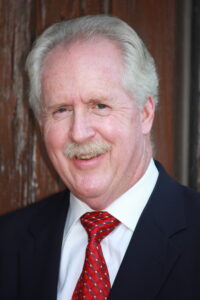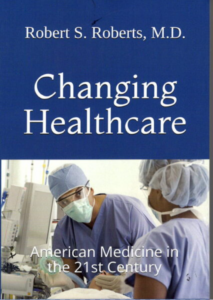
We’ve all been to the doctor and been told our cholesterol is too high. For years a good cholesterol was considered anything below 220, then it was 200, and now it’s less than 200. The bar seems to be changing as doctors learn more about the science of good and bad cholesterol.
We’ve been told for a long time that LDL (low density lipoproteins) are “bad cholesterol” and HDL (high density lipoproteins) are “good cholesterol.” A blood test showing our HDLs are high and our LDLs are low has always been considered ideal. But all that seems to be under scrutiny as new information becomes available.
Jennifer Sweenie, writing for The Epoch Times, tells us emerging research is painting a new picture: Focusing solely on “bad” cholesterol misses pivotal pieces of the puzzle. Factors such as the size and composition of particles of high-density lipoprotein (HDL) cholesterol—the so-called good cholesterol—along with triglyceride levels and overall metabolic health, are equally, if not more, important in preventing heart disease. This new understanding is reshaping how we assess heart health, shifting the lens to a more comprehensive, preventive, and personalized approach that prioritizes lifestyle changes such as diet and exercise,
Cholesterol is a fat-associated substance essential for building healthy cells and producing vital hormones such as vitamin D. It’s not inherently bad. Your liver produces most of the cholesterol circulating in your body. The real issue lies in how cholesterol is transported.
“Your liver makes most of the cholesterol that’s circulating around, and your body’s pretty good at maintaining a homeostasis, “ said Nick Norwitz, a Harvard medical student and Ph.D. in physiology from Oxford University.. ”So if you eat more cholesterol, your liver makes less. If you eat less cholesterol, your liver makes more.”
Since cholesterol doesn’t dissolve in blood, it’s transported by lipoproteins, which resemble tiny “delivery buses” on the highway of your bloodstream. LDL primarily carries cholesterol to cells, and excess LDL—especially small, dense particles—can contribute to plaque buildup. HDL helps remove excess cholesterol from the bloodstream and returns it to the liver. In short, cholesterol is the cargo, and LDL and HDL are the vehicles that transport the cargo.
LDL gets its reputation as bad cholesterol because excess amounts can contribute to plaque buildup in the arteries. These smaller particles are more likely to damage the artery wall and cause inflammation. Davis compared them to tiny buses that zip in and out of traffic, increasing the chance of crashes. These “crashes” represent inflammation, which can lead to “traffic jams” or plaque accumulation.
Conversely, larger, “fluffy” LDL particles are less likely to cause problems. HDL helps clear excess cholesterol from the bloodstream and transport it back to the liver for disposal, reducing the risk of buildup. In other words, the real concern lies in how LDL and HDL behave. It’s not the cholesterol itself but the actions of its carriers that can yield plaque buildup.
For years, we’ve been told that lowering LDL cholesterol is the primary way to protect our hearts, but the reality is more nuanced. While elevated LDL can contribute to risk, its impact is conditional, as it’s inextricably linked to overall metabolic health and other factors.
One factor is the amount of apolipoprotein B (ApoB) in your blood, a protein that transports cholesterol and other fats. This can be measured with the ApoB test. “The risk associated with ApoB and LDL counts is context-dependent,” Norwitz said. This context involves an intricate interaction of lipids, metabolic factors, and lifestyle.
Without getting too much farther into the weeds with this discussion, the point is we have more to learn about cholesterol and our current way of measuring good and bad cholesterol is probably inadequate. Stay tuned for more as we learn how we can live longer through a balance of exercise, sleep, and stress management along with controlling our cholesterol levels, good and bad.

